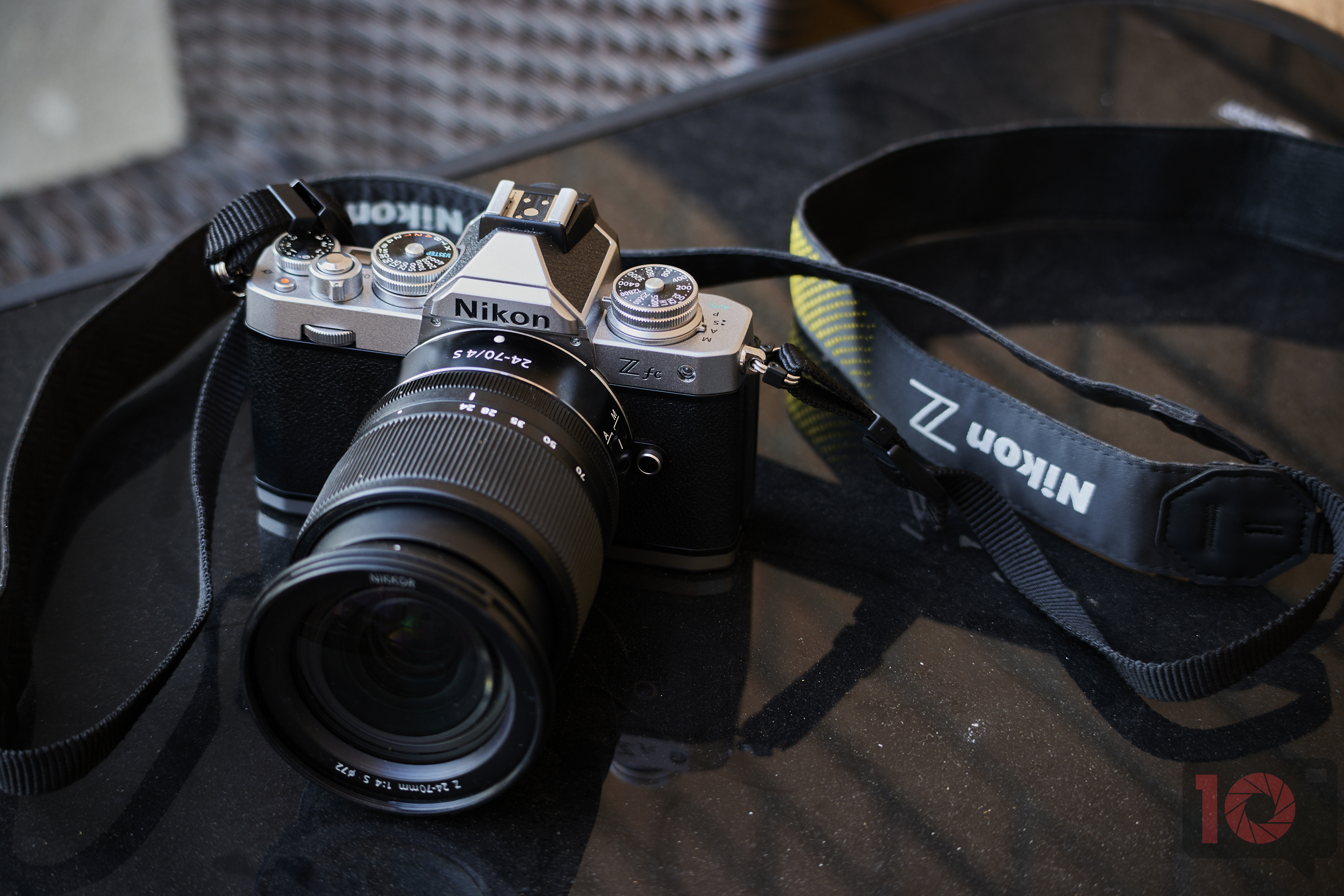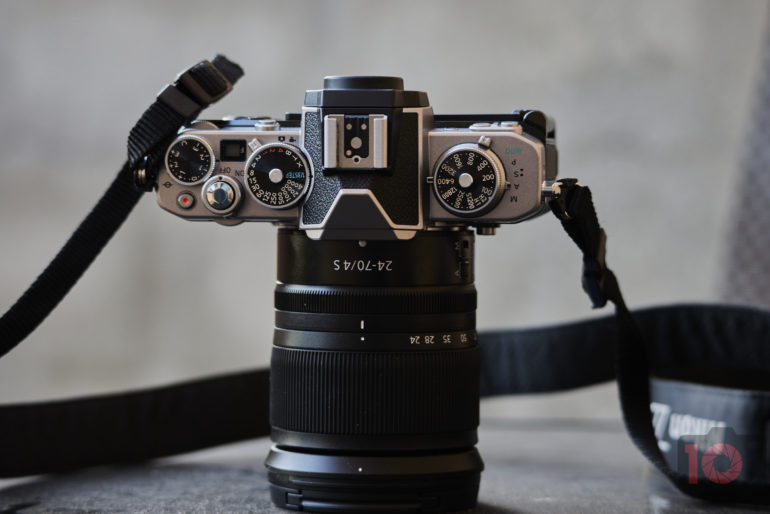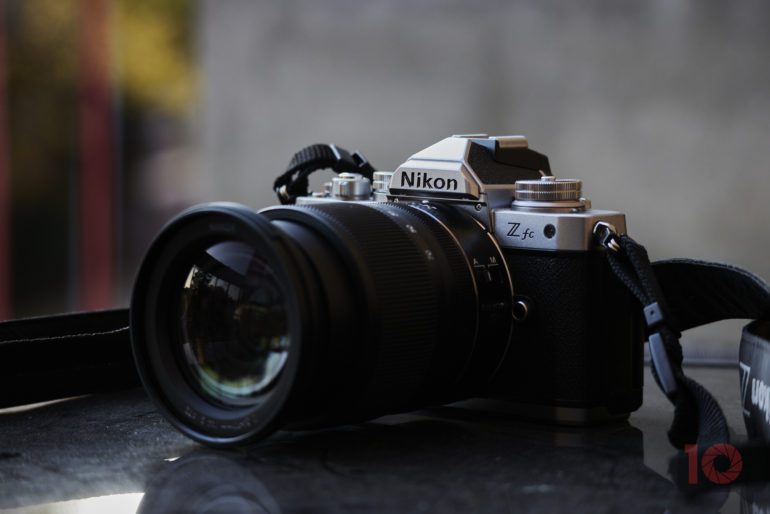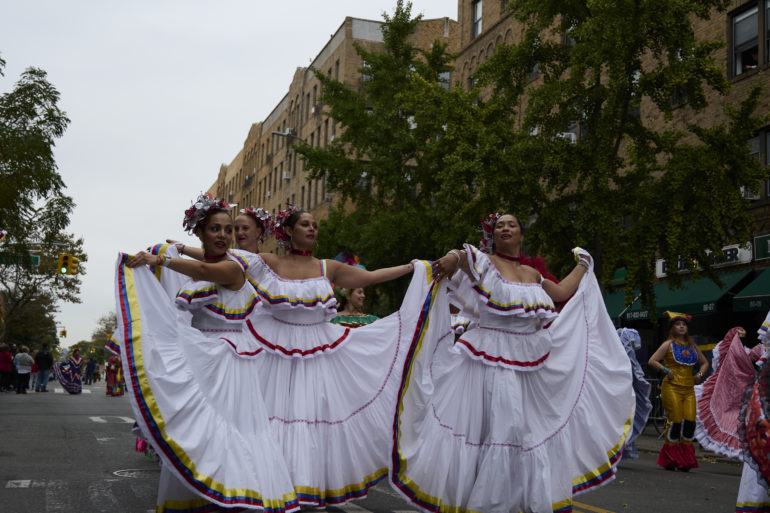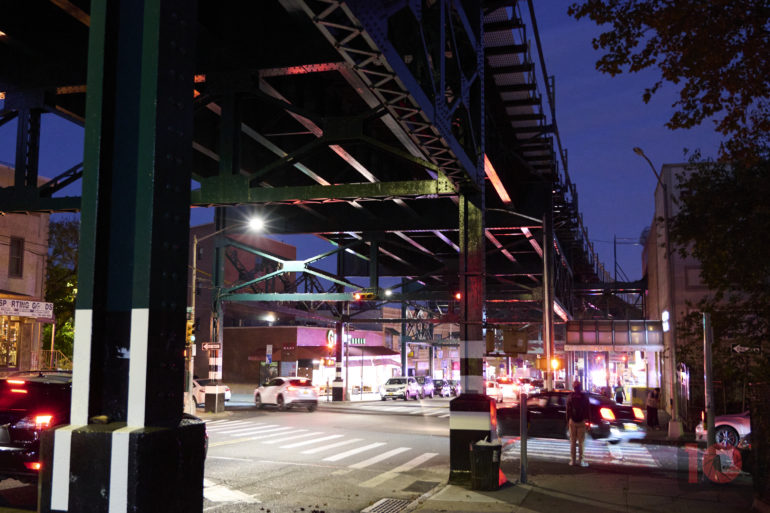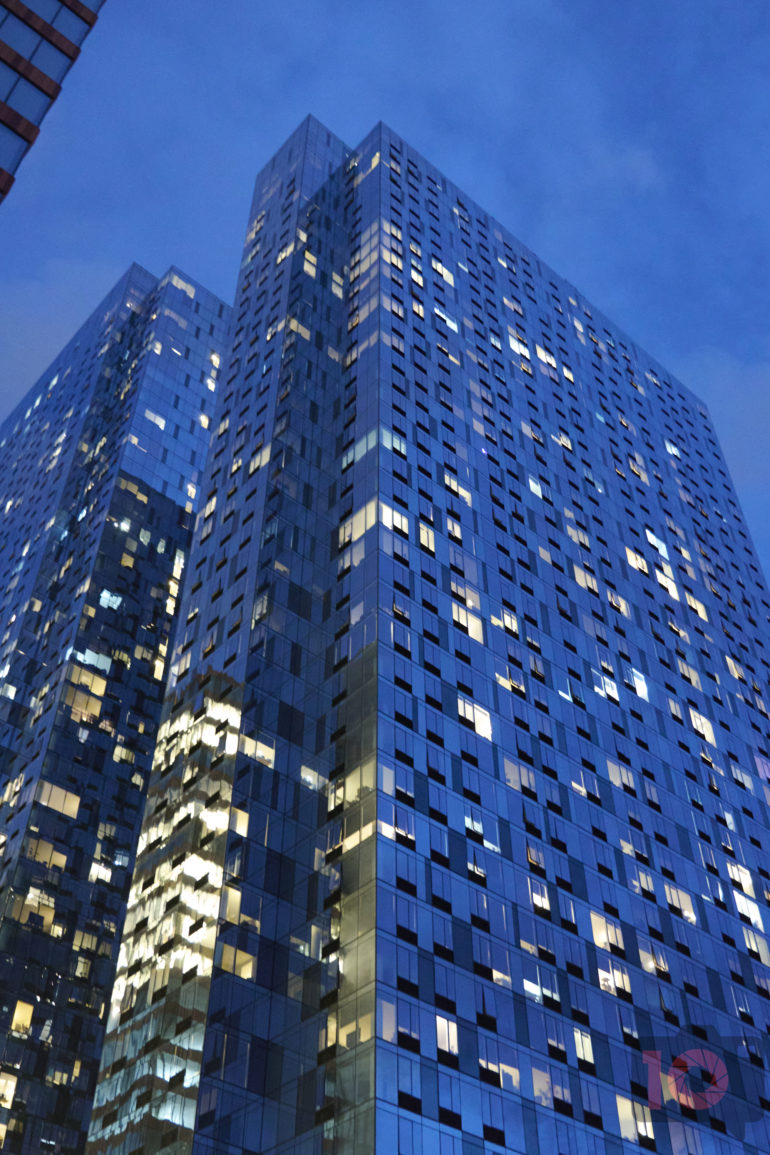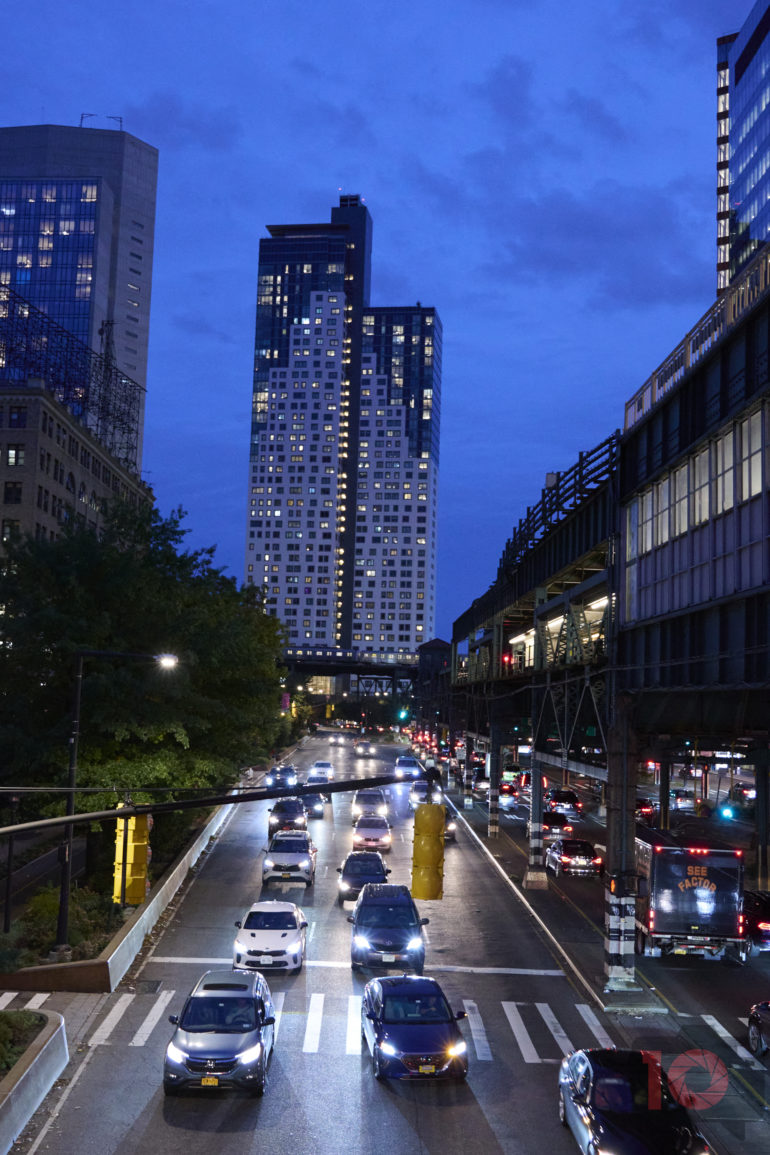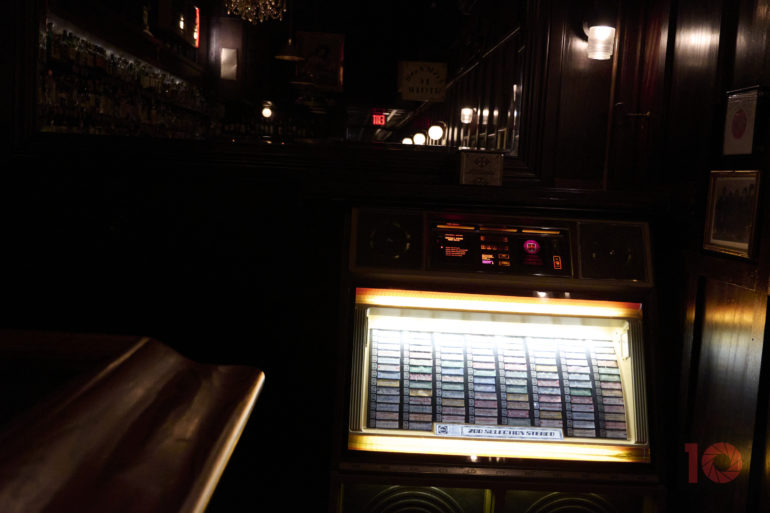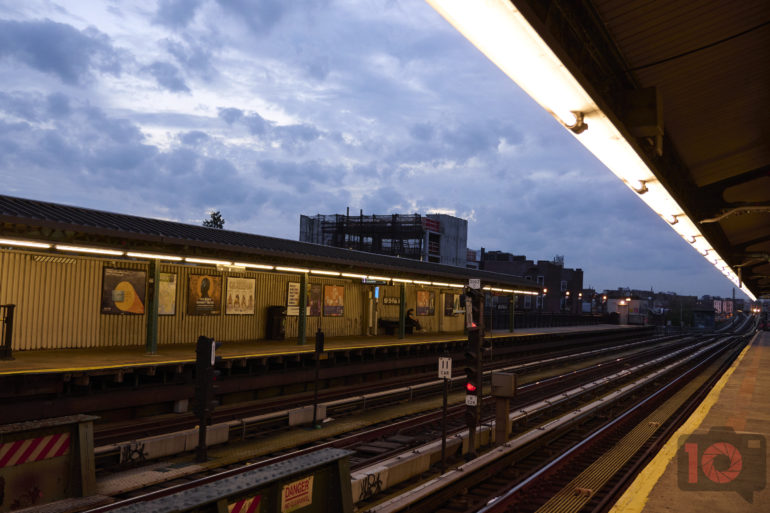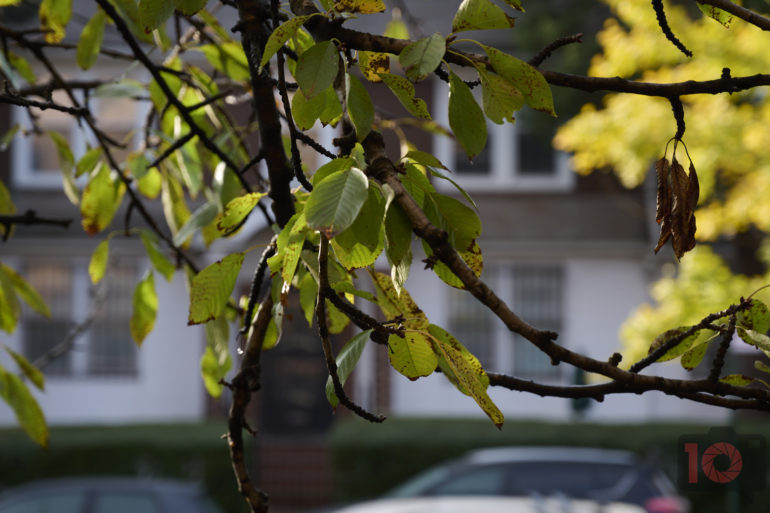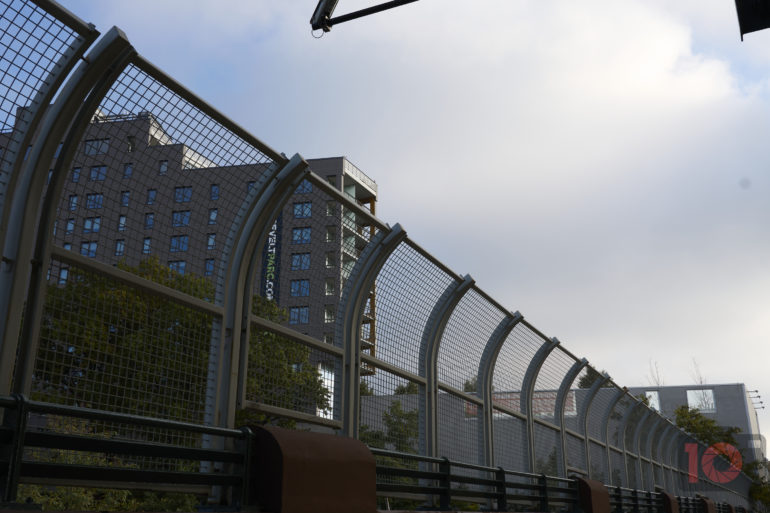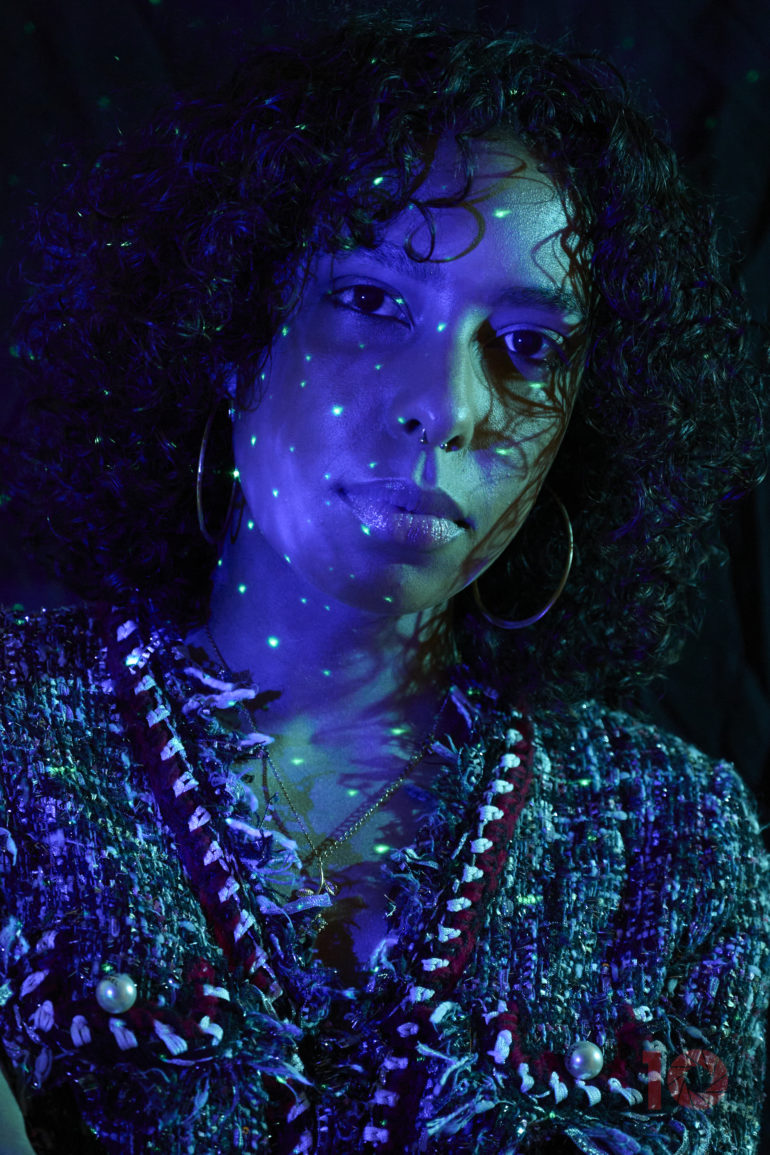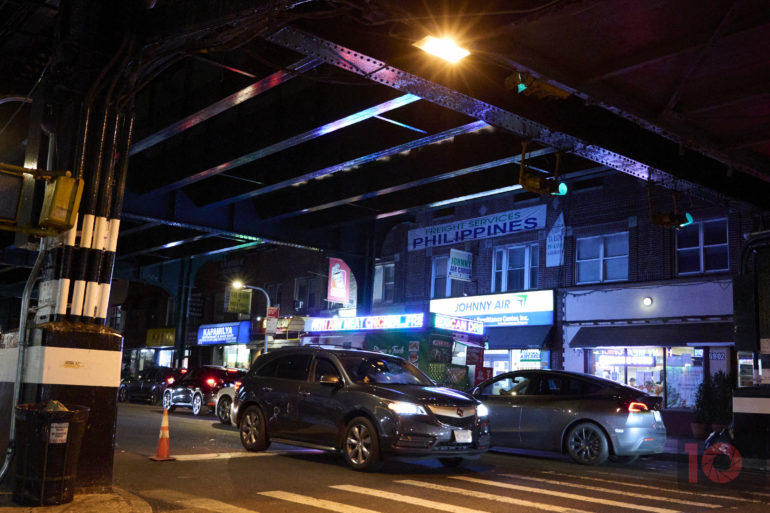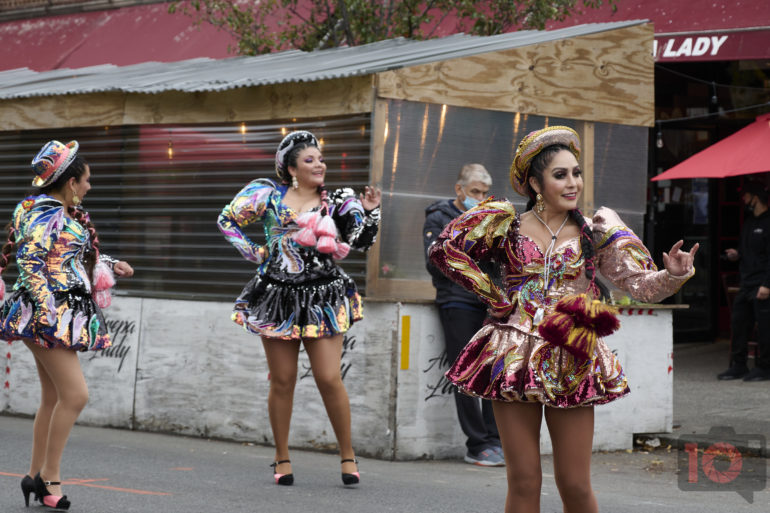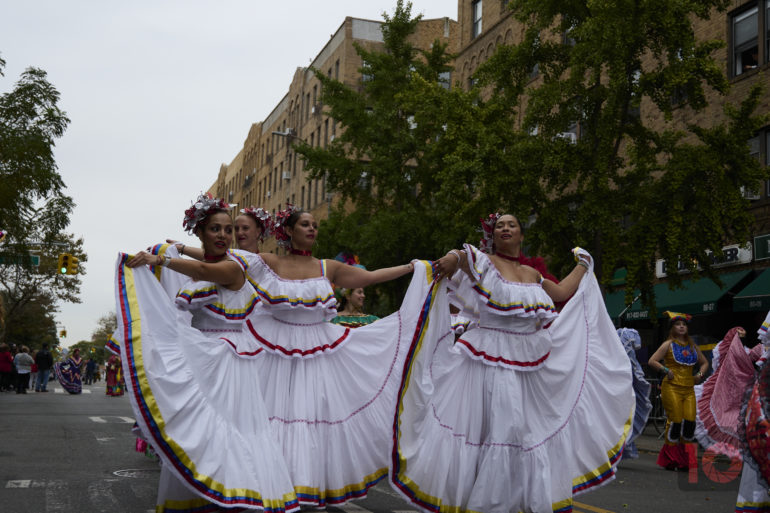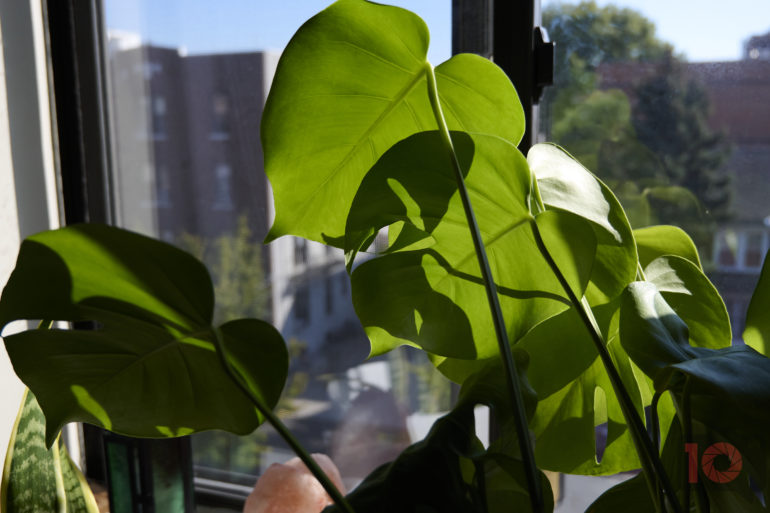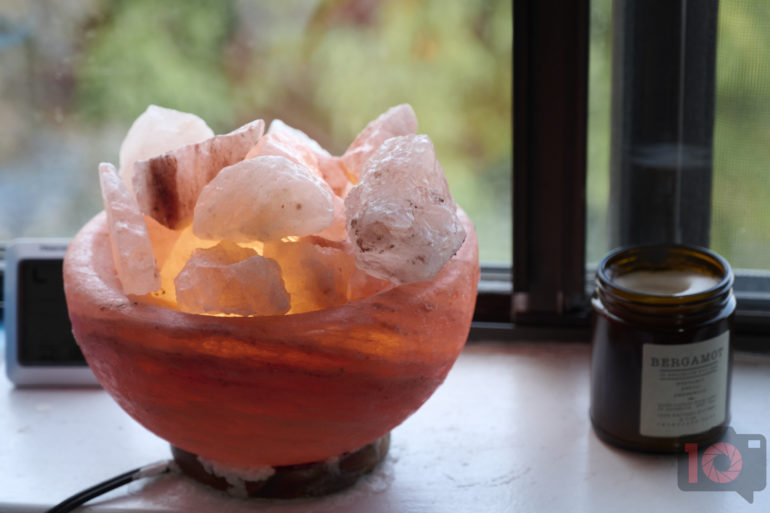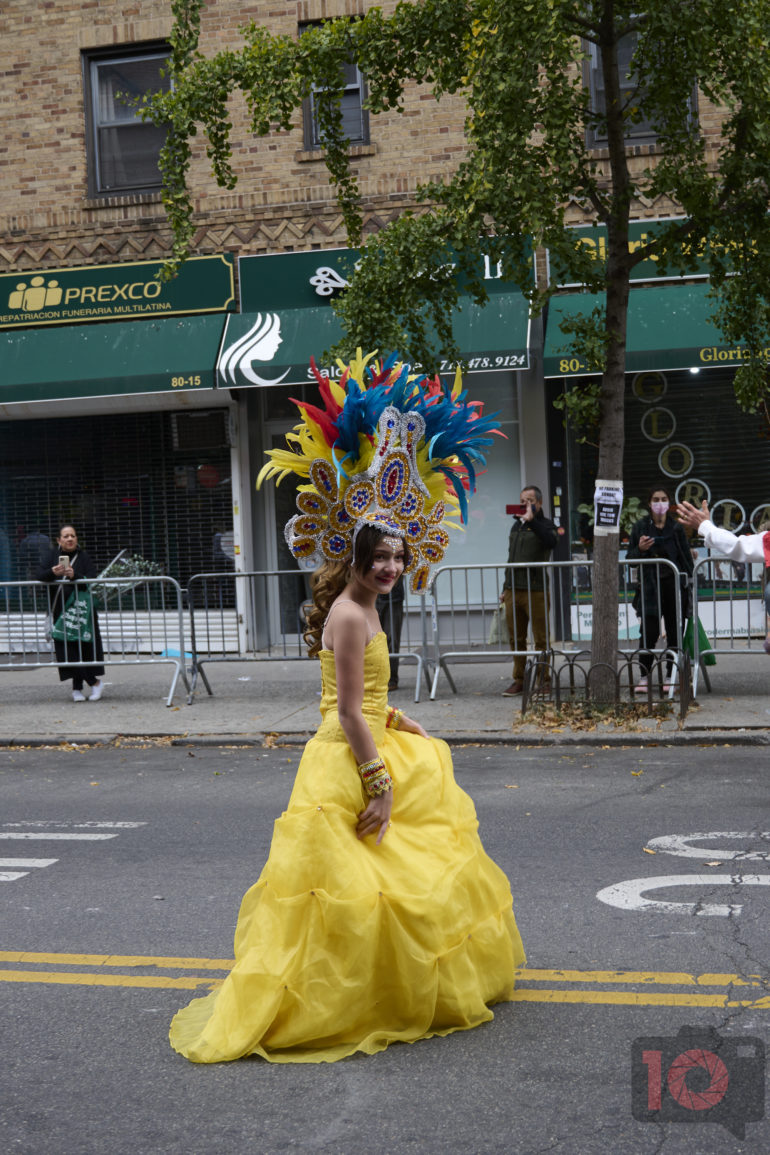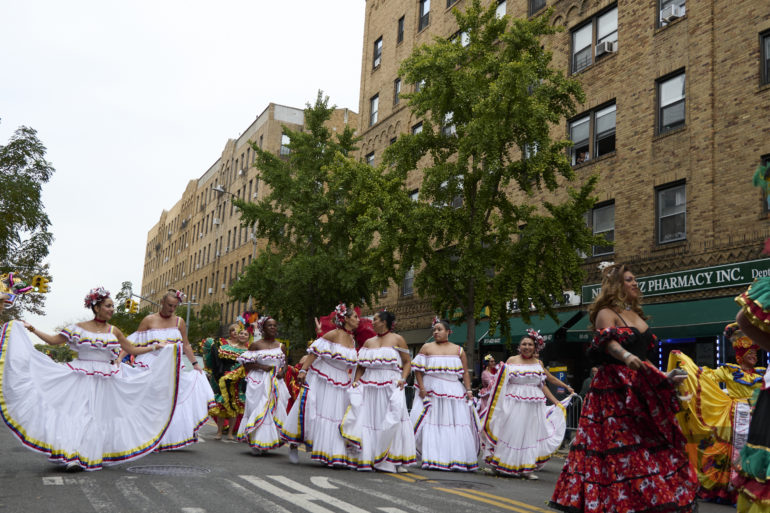Last Updated on 08/17/2023 by Chris Gampat
If you’re like me, you were all about the hype machine before the Nikon ZFc was announced. Nikon sold the camera to all the world as something super lightweight. And indeed it is. But it also feels kind of cheap. They took the Z50 and stuffed it into a camera body that doesn’t feel that good. But it’s pretty to look at. In fact, writing this review hurt a bit because I was so disappointed with the Nikon ZFc.
Table of Contents
Too Long, Didn’t Read
The Nikon ZFc reminds me of modern dating for the man who wants to spend the rest of his life with someone. The Nikon ZFc suddenly appeared in front of all of us, strutting around and bedazzling our eyes. That small-spoon stature and those alluring looks can appease any photographer craving a compact, high-performance camera. The tech specs are just standard, but you decide to give it a try. It can’t hurt, right? But the real-life experience is something different. And in some ways, you end up feeling catfished. Nikon says it’s lightweight, but it feels a bit cheap in places. Ultimately, you end up realizing you’re worth more than that, and you call it off. In the end, just swipe left on the Nikon ZFc. However, I hope Nikon realizes its mistakes and doesn’t play around with a full-frame variant.
Pros and Cons
Pros
- Light, though almost to the point of feeling cheap at times
- Small, and needs a small lens to take the most advantage of this
- Focuses pretty quickly
- A bit of weather sealing
- Excellent high ISO output for an APS-C sensor
- Good image quality
- Looks nice
- I kind of like the shutter sound
- Pretty affordable
Cons
- Nikon made this camera feel sort of incredibly amateur while trying not to be at the same time.
- Why no joystick?
- I wish it had dual card slots
- Screen feels a bit cheap
- The camera sounds a bit hollow in places
- A lack of a serious thumb rest is infuriating
- Very sensitive EVF. A raindrop got on it and it thought my eye was there the entire time even though the drop wasn’t on the eye sensor.
- Mode switch can be knocked out of place way too easily
- Shooting events? The lack of image stabilization can possibly make you lose really great shots.
- Focus tracking isn’t all that fantastic
- Animal AF sadly doesn’t work on horses
- Slow autofocus at times
- It doesn’t feel like a classic Nikon camera
- Nikon needs to work with Tamron to get some premium APSC zoom lenses
- There are better cameras for more money
Innovations on the Nikon ZFc
The Nikon ZFc doesn’t have anything specifically innovative. It’s the Nikon Z50 in a vintage-style camera body. The retro dials have been done by Fujifilm and Nikon both before.
Gear Used with the Nikon ZFc
The Nikon ZFc was tested with the following:
- Nikon 40mm f2 Z
- Nikon 24-70mm f4 Z
Nikon ZFc Tech Specs
Taken from the Nikon USA website
- 20.9 megapixels
- DX (APS-C) format sensor
- SD (Secure Digital) and UHS-I compliant SDHC and SDXC memory cards slots
- ISO 100 – 51,200 native range
- 30s to 1/4000s shutter speed range
- 209 auto focus points
- –3 to +3 EV (–5 to +5 EV when the exposure compensation dial is set to [c])
- X=1/200 sec flash sync speed. Auto FP High-Speed sync supported
- 2360k-dot (XGA) OLED electronic viewfinder with 100% coverage
- 3 inch, 1036K dots, fully articulating touchscreen LCD
- Hybrid phase-detection/contrast AF with AF assist
- Wide Area AF, and Auto Area AF for People and Animals
- Inbuilt Wi-Fi IEEE 802.11b/g/n/a/ac capable
- Bluetooth support
- 14.0 oz. (390 g) body weight
Ergonomics
Taken from our first impressions
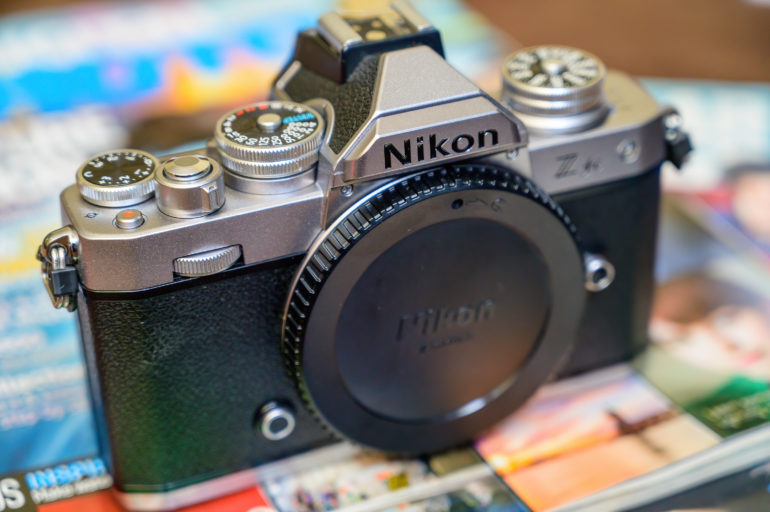
If you’re a seasoned DSLR or mirrorless camera user, then your fingers have probably become accustomed to the grips that most cameras have. Keeping in tune with its vintage bodies, the Zfc does not have a grip as part of its original design. Nikon says a grip will be available as an accessory to the Zfc, but I haven’t seen one yet. The lack of a grip felt funny to me. I was almost clutching the camera at first, being used to a grip on almost all my other cameras. After a day or so of using it, my fingers began adjusting to holding it differently.
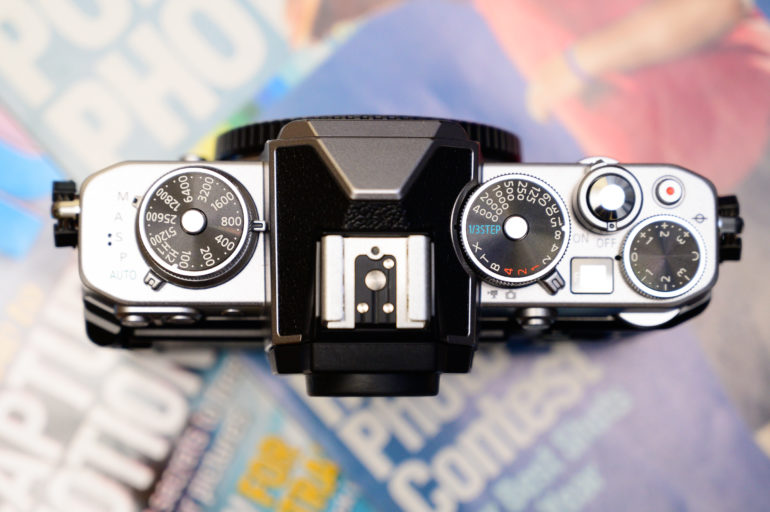
Made of solid aluminum, the dials don’t just look good, they feel good too. The markings look to be laser etched in the dials. Nikon didn’t think of adding a screw release cable support in the shutter, which is perfect because who uses those nowadays anyway? I do wonder why they had the shutter speed dial eat into the eyepiece prism on the top. Surely this dial could have been moved a few millimeters to the right if the exposure compensation dial were made smaller? Below the ISO dial is the M/A/S/P/Auto mode dial.
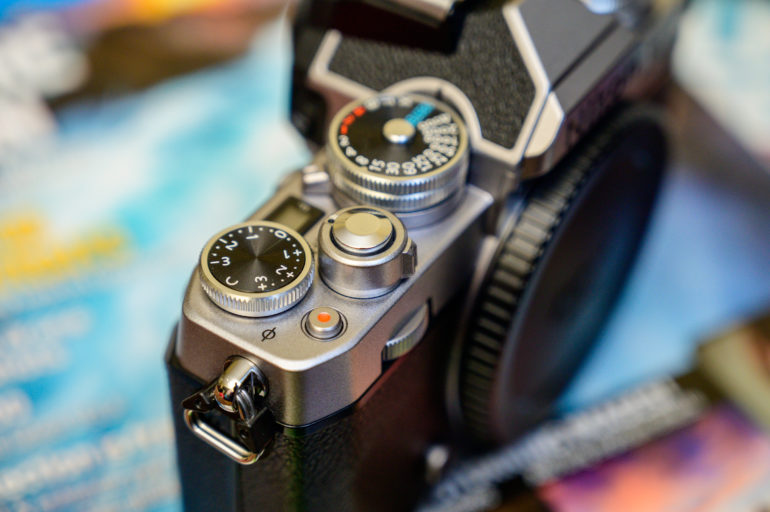
The shutter button also has the on/off lever surrounding it. To its right is a tiny movie recording button. The front dial, primarily used for aperture setting changes, seems smaller than the one on the Z6/Z7 bodies.
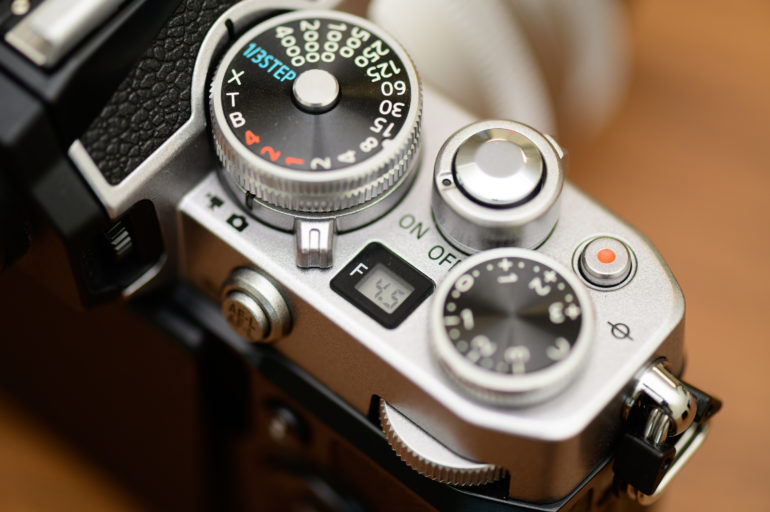
There’s also a tiny LCD between the shutter speed and exposure compensation dials, displaying the current aperture setting of the lens. Note that the shutter speed dial also has a 1/3 STEP option. When set to this mode, you can use the rear dial with your thumb. This allows you to set shutter speeds at 1/3 intervals (for example 1/2500 and 1/3200 between 1/2000 and 1/4000) between the ones marked on the shutter speed dial.
Build Quality
Sadly, the Nikon ZFc isn’t weather sealed. To that end, we didn’t take it out into the rain or inclement weather. This was incredibly shocking to us. I mean, it’s Nikon! Pretty much everything else we’ve seen from them has been really well protected from the elements. Is it lightweight? Yes. But the real-life experience is something different. To make sure I wasn’t going nuts, I showed it to a few other photographers. I had them all hold it and move the LCD screen around. When it clicks into or out of the camera body, it has this weird hollow feeling and sound to it. It’s incredibly unappealing.
Unfortunately, this permeates through the rest of the camera. Everything from the dials and the buttons feel kind of cheap. I personally was incredibly hyped for this camera. But in terms of the build, it’s a disappointment.
If you’re going to use the Nikon ZFc, do it with a small prime lens. It will feel better as an overall package. But the camera will still feel the same. With that said, it’s better to just leave it in aperture priority or program auto and just shoot.
Ease of Use
If you’re familiar with the Nikon menu system, navigating the camera will be pretty easy to do. If you like retro dials, then the Nikon ZFc will look really lovely. But again, it’s a bit annoying. First off, Nikon didn’t even put a nice thumb grip for the finger that literally every other camera on the market has. Instead, you’ve got a dial there. With that said, this camera is honestly best used by leaving it on aperture priority or program auto. Dealing with Nikon’s dials is non-sensical.
Autofocus Performance from the Nikon ZFc
Here’s where things just feel, again, standard. Like a mediocre relationship with no spark, you immediately won’t feel chemistry with the Nikon ZFc. I decided to photograph a parade, our community garden cat, and more. I had hit or miss results when it came to autofocus tracking. Granted, the 24-70mm f4 isn’t all that great at it. But the 40mm f2 is much faster. Still, the Nikon ZFc has an autofocus system that feels antiquated. In fact, it feels like one of the slowest autofocus APS-C cameras on the market. Is it capable? Yes. But as capable as this is, there are much more capable cameras.
Metering
Here at the Phoblographer, we test cameras according to the Sunny 16 rule. In our tests, we found the Nikon ZFc to want us to underexpose by just a bit. Luckily, the sensor output is versatile enough that you’ll be able to adjust to what you want to need in post-production.
Image Quality
The Nikon ZFc, again, is kind of just standard at this point when it comes to image quality. For the record, it has the cleanest high ISO output of any APS-C sensor we’ve tested in a modern camera. But it pretty much ends there. Nikon’s colors are very standard and boring. It’s one of the reasons why Reviews Editor Hillary Grigonis left Nikon earlier this year. And of course, Nikon has their own creative looks, but even those feel lacking. The RAW file versatility is standard at best here. Again, once you tangle with Fujifilm APS-C sensors, you won’t want to touch a Nikon.
JPEG Quality
The Nikon ZFc was an opportunity for Nikon to do something different. And if anything, we would’ve hoped that they’d have done this with the JPEGs. A camera modeled after iconic products probably could’ve had something like a setting to look more like film or something like that. But alas, the Nikon ZFc doesn’t really have anything that makes it unique here.
High ISO Output
Here’s where Nikon is really turning heads. Like the Z50, it’s incredibly clean at high ISO settings. In fact, this image was printed on the Canon Prograf-1000 and Canon Pro Luster paper at 17×22 inches. At ISO 6400, this is an incredibly clean image. It’s impressive for sure. You really have to look closely to see any sort of grain. Even then, it’s acceptable.
At the same time, Nikon’s full-frame cameras also do a great job. And in terms of the competition, you’d just end up embracing the grain with Fujifilm’s camera.
RAW File Versatility
Editing the RAW files of the Nikon ZFc in Capture One Pro is a bit bleak. In fact, here’s where I’d say it’s almost like an old camera–the versatility is like that of old slide film. For those of you too green to know what that means, it’s a way of saying that it’s not all that versatile at all.
Extra Image Samples from the Nikon ZFc
From day one, the Phoblographer has been huge on transparency with our audience. Nothing from this review is sponsored. Further, lots of folks will post reviews and show lots of editing in the photos. The problem then becomes that anyone and everyone can do the same thing. You’re not showing what the lens can do. So we have a whole section in our Extra Image Samples area to show off edited and unedited photos. From this, you can make a decision for yourself.
Edited
Unedited
Nikon ZFc Review Conclusions
Likes
- Small size
- Nikon tried.
Dislikes
- Nikon needs to seriously try again. This project should have the same tenacity that Sigma takes with trying to make camera. The difference is that Nikon is far less likely to fail.
- I really wanted a full-frame version.
- This is pure disappointment.
The Nikon ZFc is a decent camera capable of doing everything mirrorless cameras could do before the Canon EOS R came onto the scene. What’s unique about it is the design on the outside. But that design isn’t practical at all. I really, really wanted to like the Nikon ZFc. But it’s a disappointment. If it gets some powerful firmware upgrades, then it would be more enjoyable. Even then, I think you’re better off sticking to Fuji at the moment. And that’s sad, as I believe that Nikon could genuinely be the ones to challenge Fuji at their retro game.
But do you know where Nikon could really turn heads? Take the Nikon z7 II and stuff it into an SP or S3-style body with a joystick, weather sealing, proper dials, better grip material, etc. There aren’t enough retro-style rangefinder cameras on the market. But Nikon could clean house with this.
The Nikon ZFc receives three out of five stars. Want one? Check it out on Amazon.


